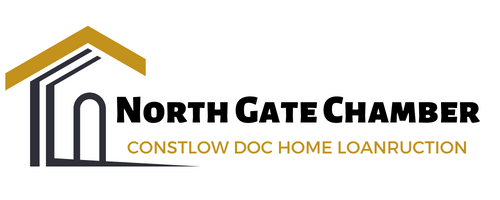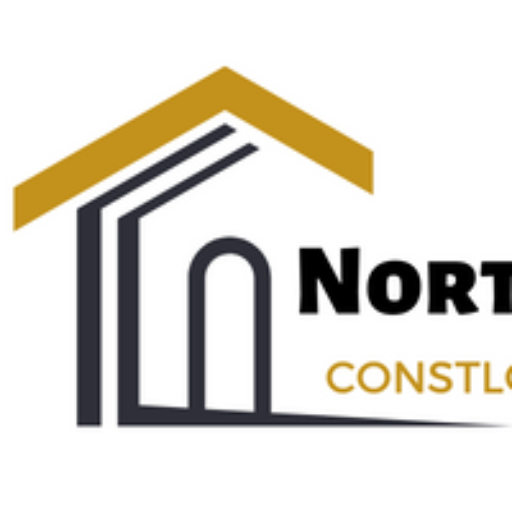
Introduction
For self-employed individuals, securing a traditional home loan can be a frustrating process. Unlike salaried employees who can present consistent pay stubs, self-employed applicants often struggle to provide the conventional proof of income that lenders require. Fortunately, low doc home loans offer a practical solution, enabling entrepreneurs, freelancers, and small business owners to achieve homeownership with reduced documentation requirements.
The Self-Employed Hurdle
One of the biggest challenges self-employed individuals face when applying for a home loan is proving their income stability. Traditional lenders typically require tax returns, payslips, and financial statements covering several years. However, self-employed professionals often have fluctuating incomes and may use tax deductions to minimize taxable income, making it appear lower than it actually is. This discrepancy can make it difficult to meet the strict lending criteria of conventional mortgage providers, leaving many self-employed borrowers feeling stuck.
What Are Low Doc Home Loans?
Low doc home loans are specifically designed for self-employed individuals, contractors, and small business owners who may not have the standard documentation required by traditional lenders. Instead of extensive financial records, these loans rely on alternative income verification methods. Borrowers can use their Australian Business Number (ABN), Business Activity Statements (BAS), and accountant declarations to demonstrate their ability to repay the loan. By reducing the paperwork burden, low doc loans open the door to homeownership for those with non-traditional income structures.
Qualifying for a Low Doc Loan
While low doc home loans offer flexibility, borrowers still need to meet specific eligibility criteria. Lenders may require applicants to have a registered ABN that has been active for a minimum period (often two years) and to provide BAS statements or business bank statements as proof of income. Some lenders also request an accountant’s letter verifying earnings. Additionally, maintaining a good credit history and demonstrating strong financial management can improve the chances of loan approval. Self-employed borrowers should also be prepared to provide a larger deposit, as low doc loans typically have lower loan-to-value ratios (LVRs).
Features and Benefits of Low Doc Home Loans
One of the key advantages of low doc home loans is their flexibility in income verification. These loans allow self-employed individuals to qualify for financing without needing years of tax returns. They also tend to have a faster approval process since they bypass the lengthy income verification procedures associated with traditional loans. Additionally, many lenders offer various loan features, such as redraw facilities, fixed or variable interest rate options, and offset accounts, providing borrowers with a range of financial management tools to suit their needs.
Potential Drawbacks
While low doc home loans provide significant benefits, they also come with certain drawbacks. Interest rates on these loans are often higher than standard home loans due to the increased risk perceived by lenders. Additionally, the maximum borrowing capacity is usually lower, as lenders may impose stricter LVR limits, requiring a larger deposit. Some lenders also have limited loan features compared to traditional home loans. Therefore, it’s crucial for self-employed borrowers to compare different loan options and seek professional financial advice to ensure they secure the best possible deal.
Tips for Self-Employed Applicants
To improve the chances of obtaining a low doc home loan, self-employed individuals should maintain well-organized financial records. Keeping accurate and up-to-date BAS statements, business bank statements, and accountant reports can help demonstrate consistent income. A strong credit history is also essential, so ensuring timely payments on existing debts and avoiding unnecessary credit applications can enhance loan eligibility. Additionally, saving for a larger deposit can not only improve approval chances but also lead to better loan terms, such as lower interest rates and higher borrowing limits.
Conclusion
For self-employed individuals who struggle with traditional lending requirements, low doc home loans present a valuable opportunity to achieve homeownership. By offering flexible income verification methods and faster approval processes, these loans provide a viable path to securing a home. However, it’s important to consider both the benefits and potential drawbacks before applying. With careful financial planning and the right documentation, self-employed borrowers can take advantage of low doc loans to turn their homeownership dreams into reality.

